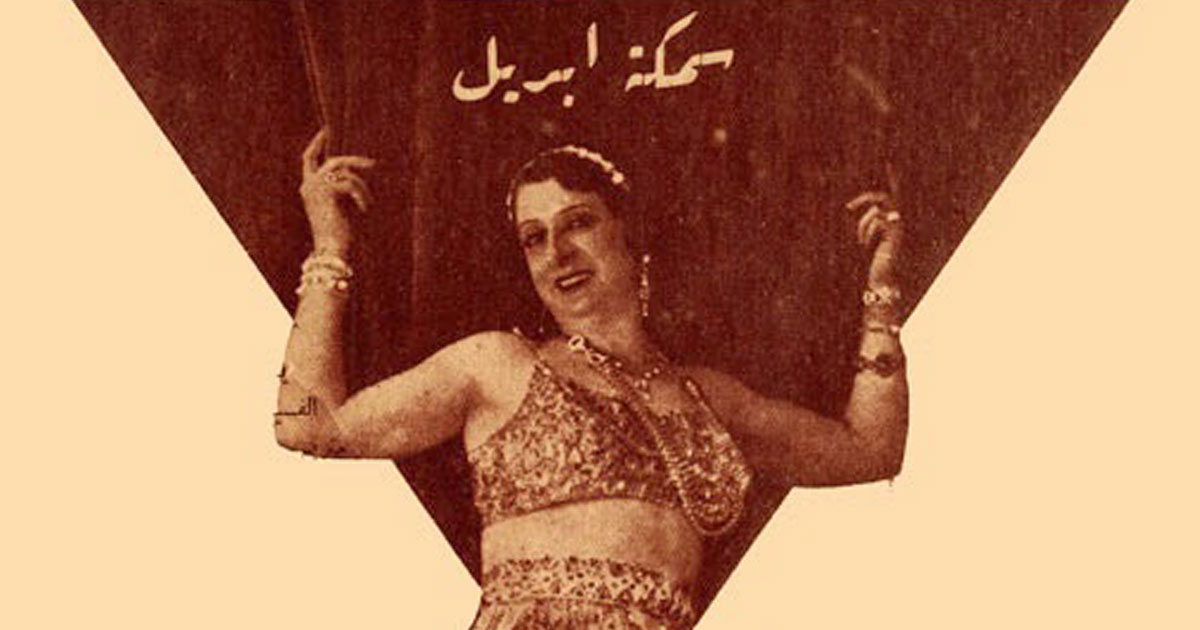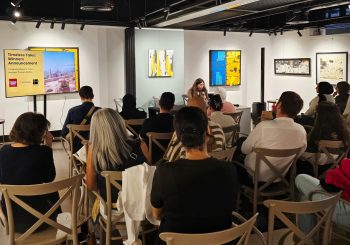With a heart for dance and a soul for art, Badia Masabani pioneered modern belly dance in Egypt. In the throes of 1920s Cairo, the dancehalls and stages saw Masabani, the actress, singer, and dancer known as the ‘godmother’ of oriental dance.Masabani was born in Syria in 1894, but moved to cosmopolitan Cairo in the first years of the 1900s. The buzzing capital opened its arms to Masabani, enabling her to act, sing, dance, and hone several instruments.
In 1926, Masabani opened her famous Casino Badia on Emad el-Din Street, where she pioneered theatrical dance tools such as group choreography, movement-extending props, the deliberate use of space on stage, and many more elements of modern entertainment.
Masbani’s sala, which is translated from the Italian word for “room” to describe performance halls, offered an array of entertainment like singing, dancing, and occasionally comedic bits and magic acts. She modeled it after European cabarets in order to attract both upper-class Egyptians and European audiences visiting Egypt.

“She hired famous singers and the most eminent musicians to perform, and she sang the most enchanting songs to beautiful tunes, as well as taqtuqas from Egypt and Syria, and danced an Eastern dance in breath-taking clothes which she imported herself from Paris,” explained Raphael Cormack in his book Midnight in Cairo: The Divas of Egypt’s Roaring ’20s.
Her visionary ideas led her to change the format of dance – she moved from solo dancing in small venues to partaking in large-stage group dances as performed in Europe.
“The simple genius of Badia’s sala was to create a hybrid of these two venues. For lovers of Arabic music and dancing, it offered a sophisticated night out, not a seedy remnant of the past. For devotees of European cabaret, it made them see a different kind of show with a strange and “exotic” twist,” Cormack highlighted.
Masabani replaced the small group of musicians that previously accompanied dances with elaborate orchestras, and said orchestras are believed to have elevated the development of dances with their complex and layered music.
She introduced new flowing gestures to the dances, popularly known as snake arms, taught the dancers how to carry their arms, and how to navigate their space on stage.
An entrepreneur before her time, Masabani became one of the most successful women in Cairo. She was exceptional in that she had had full financial control over her own business, a feat achieved by a minuscule number of women at the time.
During the 1930s, Masabani inaugurated many rising stars, among them singers and composers such as Mohamed Abdel Wahab, Farid el Atrach, Mohamed Abdel Mottaleb, and Mohamed Fawzi. She was also the source of inspiration for some of the most iconic dancers native to Egypt, such as Taheyya Karioka, Samia Gamal, Naima Akef, and Beba Ezzedine.
“After the 1930s continued, Badia held firm to her reputation as the queen of Cairo’s nightlife. She made herself a small fortune and launched a whole new generation of singers and dancers,” Cormack explained.
Masabani transgressed traditional gender roles by having control over her money and business, claiming financial independence at a time when this wasn’t common – she dominated dance halls with her presence, and her mark is evidently left in those who have had the chance to learn from her.







Comments (5)
[…] الشمعدان، أو رقصة الشمعدان ، هو فن الرقص أثناء موازنة الشمعدانات على الرأس. زينب حسين المشهورة […]
[…] El-Sham’adan, or Candelabra Dance, is the art of dancing while balancing candelabra on the head. Zeinab Hussein, who is known as Zouba Al-Kolobati and […]